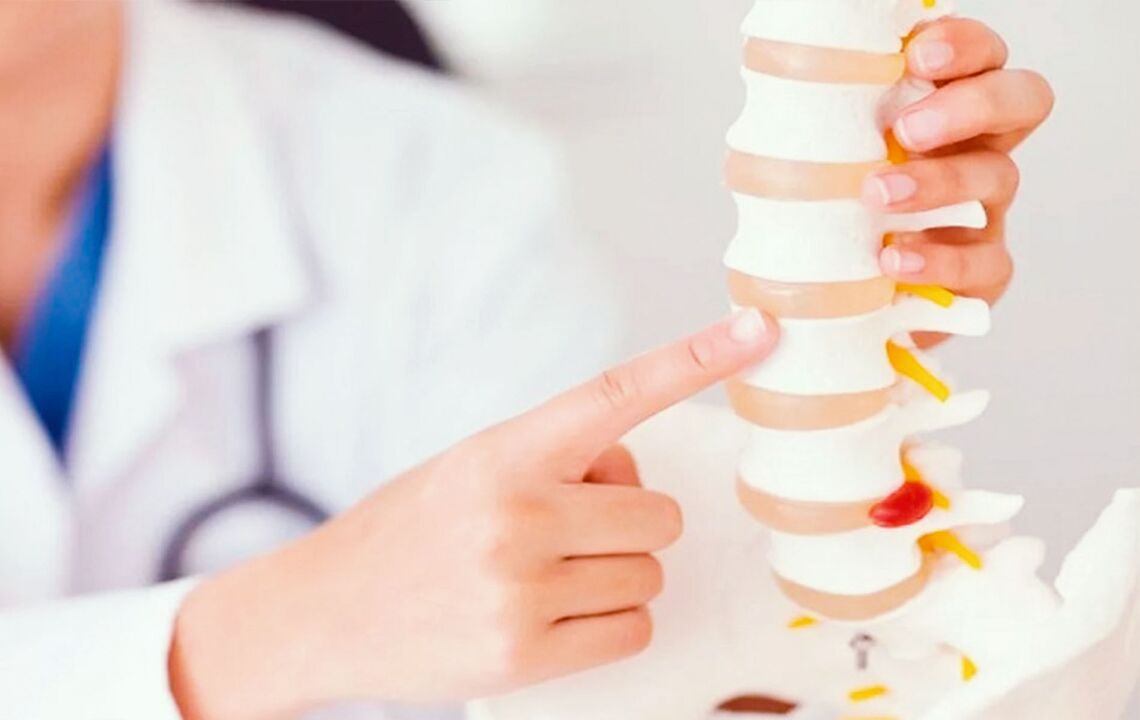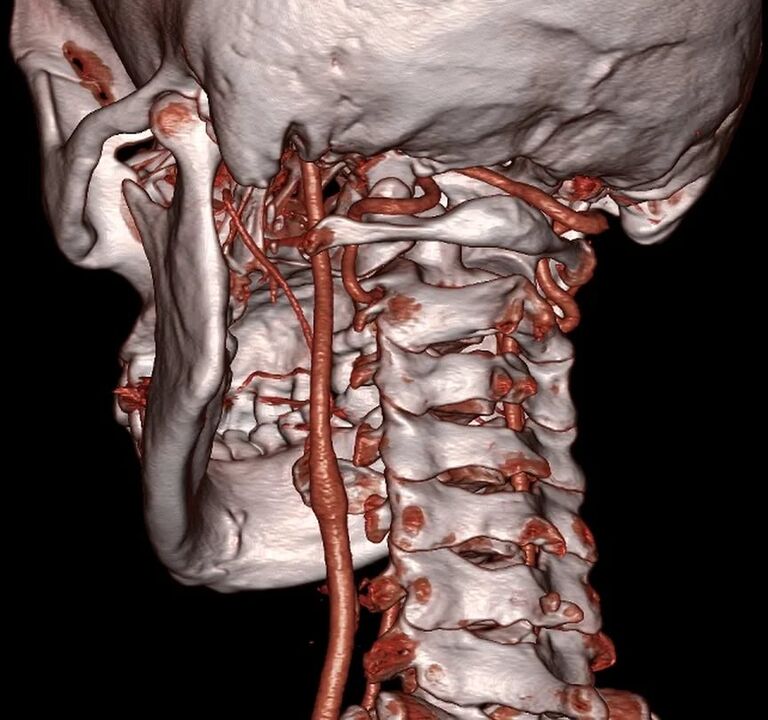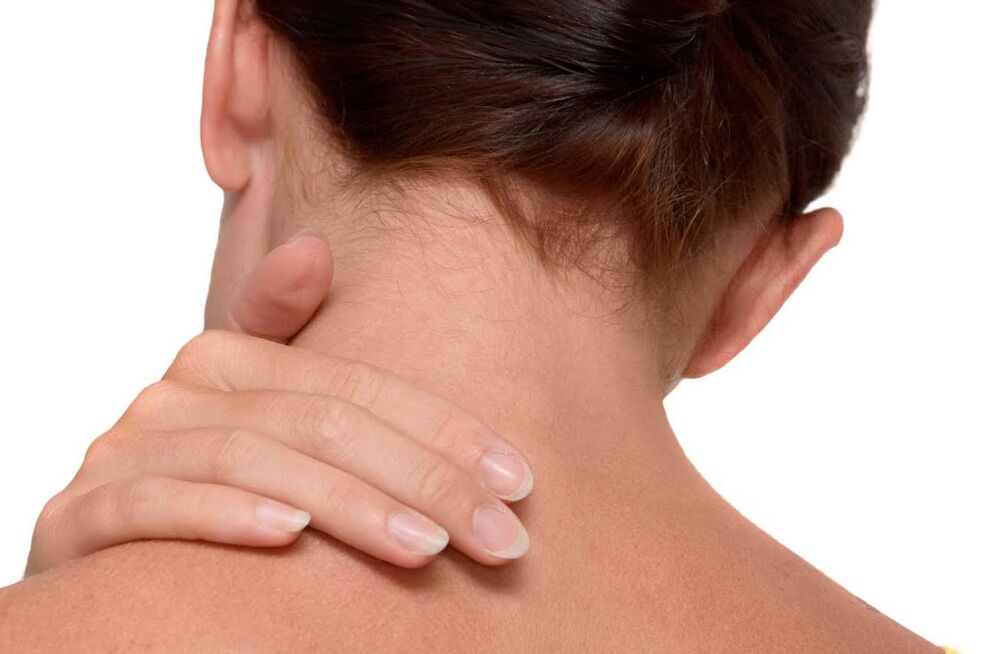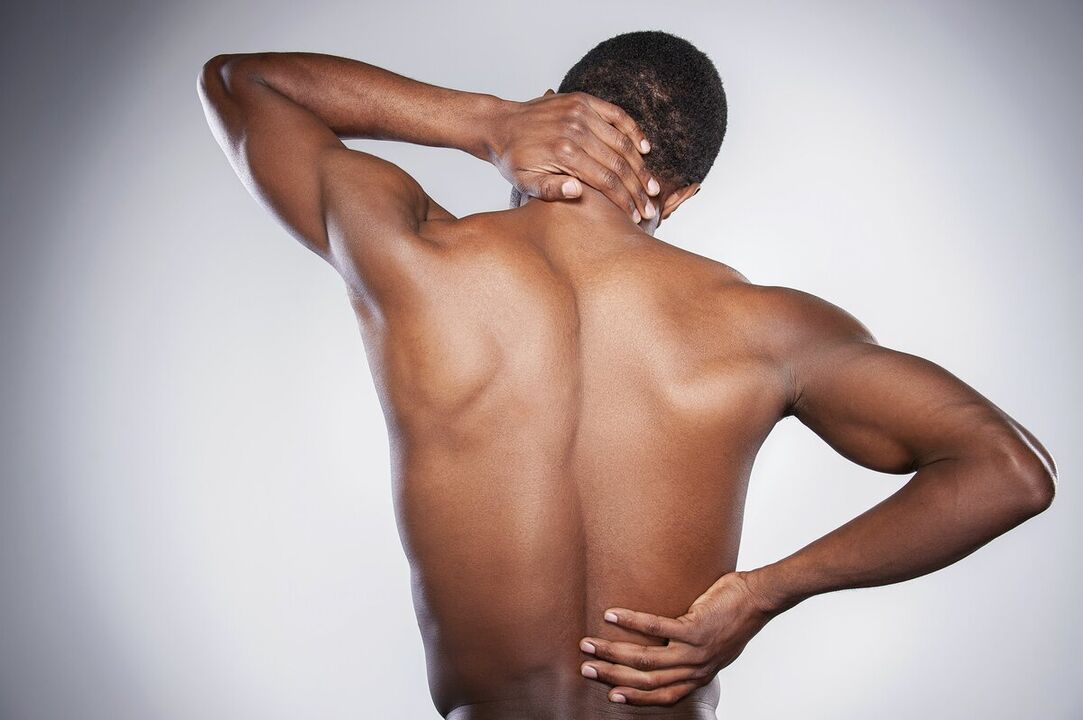Pain appears when you least expect it.Even the most confident person in such cases can become confused and frightened.The cause of pain is often osteochondrosis.How is osteochondrosis of the cervical spine treated at home and how effective will the treatment be?Let's find out more.
What is osteochondrosis
Official medical sources interpret osteochondrosis as a degenerative disease that affects the intervertebral disc, involving the adjacent vertebrae and joints.The elasticity of the intervertebral joint is altered and the disc becomes thinner.It is necessary to understand how nutrition and metabolic processes take place in the intervertebral discs.This structural element is made up of cartilaginous tissue;there are no blood vessels here.Nutrition occurs diffusely, like a pump.When pressure is applied, a lubricating fluid is released and then reabsorbed.If osteochondrosis of the cervical spine appears, exercise therapy, massage and a range of therapeutic techniques should be prescribed as quickly as possible.
What changes occur in the spine and their symptoms
The following processes occur in the affected joint:
- the nucleus pulposus of the disc loses its physiological humidity;
- cartilage loses its shape;
- loses its elasticity;
- changes color;
- dried;
- turns yellow;
- loses its resistance to damage.

The consequence is a violation of the synchrony of movements in adjacent segments of the spine, pinching of the nerve roots.The main symptoms of degenerative changes will be pain, limited mobility and certain forms of paresthesia (“tingling”, tingling).
All these changes suggest the presence of osteochondrosis.We will talk in more detail about how osteochondrosis of the cervical spine or any other spine is treated.
Why does osteochondrosis appear?
The causes of the disease include anything that disrupts the nutrition of the disc:
- Stagnation caused by static charges.
- Prolonged retention of unfavorable positions, particularly sitting.There is a good saying: “If you can stand, don’t sit;If you can lie down, don't stand.»
- Traumatic effects on the vertical plates, the fibers of the annulus fibrosus.

Common reasons include an unbalanced diet, physical inactivity and insufficient development of the deep muscles that form the muscular corset.The stability of the spine is due to the complex interaction of the bone, muscle and nerve structures of the skeleton.The abdominal and back muscles are antagonistic and balance each other.Consequently, the postulate “movement is life” remains more relevant than ever.Exercises can effectively influence osteochondrosis of the cervical spine.Exercise therapy is used both in the clinic and at home.Since the spine is made up of several sections, the disease can occur in any of them.The cervical and lumbar regions are most often affected.
How does cervical osteochondrosis manifest?
Manifestations of osteochondrosis of various localizations are grouped into syndromes:
- neck pain syndrome (impaired mobility of the shoulder joint, pain of various types);
- cervicocranialgia (pain in the back of the head, discomfort in the neck, tinnitus, dizziness, palpitations, nausea may occur);
- cervicobrachialgia or scapulohumeral syndrome (neck pain, extending to the shoulder and arm).

If you are bothered by aching pain, often at night, accompanied by numbness, the diagnosis will most likely be confirmed - osteochondrosis of the cervicothoracic spine.The pain syndrome associated with disorders of this department is called thoracalgia.
Therapeutic exercise at home
How osteochondrosis of the cervical spine is treated with medications is described in many reference books.But in most cases, the effect of the drug is short-term.This is where exercise therapy can come to the rescue.

- We stand against the wall and lean our heads against it.We try to press on the wall with maximum force for several seconds.Then we relax.
- We sit at the table and rest our elbows on it.We rest our chin on our hands, trying to put pressure on our palms, while trying to tilt our head or turn it to the side.
- Rest your head on your hands at the back of your head.Alternately press it with the back of your head, then relax.Perform several repetitions, holding for up to 10 seconds.
- Grasp your head with your palms, pressing alternately on one hand or the other.
During exacerbations, exercises are performed for no more than 3-4 seconds and with moderate tension.Exercises will help slow down osteochondrosis of the cervical spine.Home exercises can be started once you are satisfied that they are performed correctly in a medical facility.
Massage without the help of a professional
If the diagnosis of "osteochondrosis of the cervical spine" is confirmed, massage will be one of the necessary treatment methods.In this case, it is not only a useful procedure, but also an irreplaceable one.Initially, it is better to take a professional course, and then perform simple techniques yourself at home.These techniques also include the poststatic muscle relaxation technique.The peculiarity of the method is passive stretching of the muscle from an overworked position in combination with massage elements.It is necessary to apply the technique after warming up the spasmed muscles (bath, hot compress, kneading, stroking).

When using self-massage, the same techniques are used as in professional massage.These are caresses, kneading, acupressure, tapping, shaking.The massage is carried out with warm and warm hands.To improve glide, use massage oil.The sequence of techniques is as follows:
- caress;
- trituration;
- kneading;
- vibrations (tapping, shaking).
Influencing osteochondrosis of the cervical spine, the massage begins and ends with stroking.
A little manual therapy
- We sit on a high-backed chair.Squeezing our head with our hands, placing our thumbs on the cheekbones (more precisely on the mounds under the eye sockets).We look up, breathe and press the back of our head on our fingers.We hold for up to a quarter of a minute, then, exhaling, we lean back on the back of the chair and relax the neck muscles, tilting the head down.We repeat the technique several times.Then we wrap our fingers around the neck, closer to its upper part, and tilt the head forward a little.We press our fingers into the base of the skull, making a slow rotating movement with them.Gradually lower your fingers lower and lower, getting closer to the trapezius muscle.How osteochondrosis of the cervical spine is treated by manual therapy can be seen in the following manipulations.
- Lie on your back, lowering your shoulders as much as possible.Place the hand on the painful side under the buttock, palm facing up.Place your other hand under your head, gripping the back of your head and tilting your head in the direction away from the problem.While inhaling, press your head against your fingers for 15 seconds.As you exhale, relax and pull your head a little harder, stretching the sore muscle.

A set of measures for the treatment of osteochondrosis
Unfortunately, it is impossible to completely overcome osteochondrosis of the cervical spine.Treatment at home or in a medical institution should be comprehensive.This includes the use of:
- pain relievers;
- muscle relaxants that help relieve muscle spasms;
- drugs with chondroprotective effects;
- physiotherapeutic procedures;
- massage;
- exercise therapy;
- balanced diet.
After studying the medical literature, one can draw certain conclusions about how osteochondrosis of the cervical spine is treated, but to do without professionally prescribed treatment is a crime against health.


















